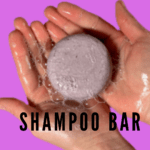Discover the art of crafting your own shampoo bars—an excellent means to save money, promote sustainability, and nurture healthier hair. Shampoo bars, akin to traditional shampoo but in a concentrated form, offer a unique advantage in their solid state—eliminating the need for packaging!
Some of the great things about shampoo bars are:
- Zero Waste: Shampoo bars contribute to a zero-waste lifestyle, as their solid composition reduces the reliance on plastic packaging that often accompanies liquid shampoos.
- Environmentally Friendly: Embrace a more environmentally friendly approach with shampoo bars, as their production and usage generally have a lower environmental impact compared to traditional liquid shampoos.
- More Sustainable: Shampoo bars align with sustainable living practices, providing an eco-conscious alternative that supports long-term environmental health.
- Better for Your Hair: Beyond their positive impact on the planet, shampoo bars offer benefits for your hair. Their concentrated formula ensures effective cleansing while potentially avoiding harsh chemicals found in some liquid shampoos.
- Travel friendly: Shampoo bars are very easy to travel with and will not spill in your luggage. In addition, a little goes a long way so one bar can last over three times as long as a bottle of shampoo. Also if you are only using a carry on, they are a solid and you wont have any issues with them in your bag.
Embark on the journey of creating your own shampoo bars—empowering yourself to contribute to a greener, more sustainable, and hair-friendly lifestyle.
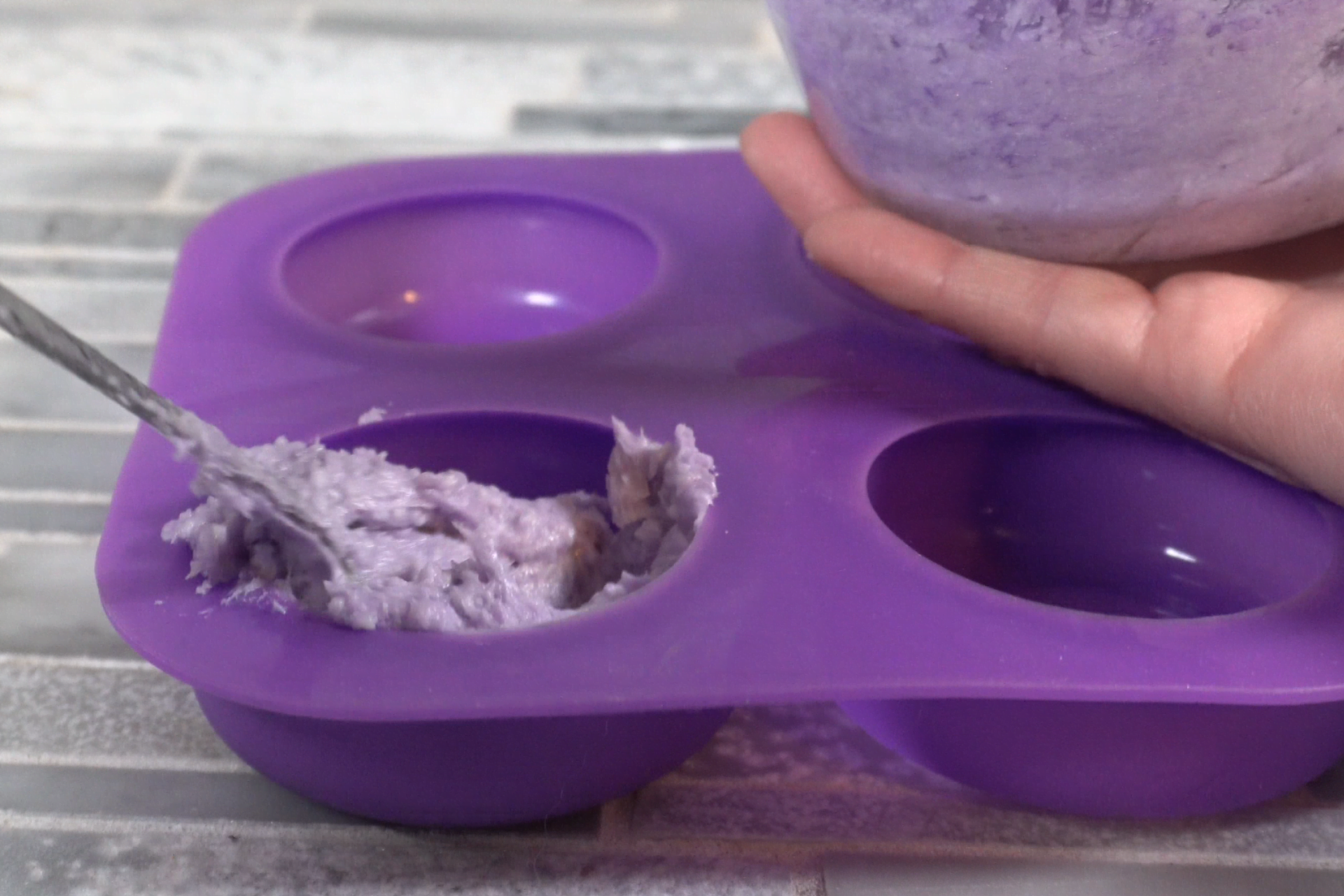
Table of Contents
Prefer to watch this project instead of reading it?
Certain links on this website are affiliate links, as I am an associate. Clicking on these links and making a purchase may earn me a small commission. Rest assured, there is no extra cost to you.
Shampoo Bar Ingredients
Learn the ingredients and steps to make your own shampoo bars. Although they can look like a bar of soap, these are not soap. Rather, a shampoo bar is made with surfactant.
Shampoo bars are made with surfactants that are boned together with butters and emulsifiers.
The term “surfactant” is derived from their technical name: SURFace ACTive AgeNT. They find applications in various products, ranging from toothpaste to laundry detergent. For more details, you can refer to my Surfactants Explained post.
Surfactants
Sodium Coco Sulfate (SCS):
Sodium Coco Sulfate (SCS) is an anionic surfactant characterized by a negative charge and a water-loving head. It produces dense foam with excellent creamy lathering properties, making it ideal for cleansing. SCS is compatible with hard water and is recognized for its mildness, minimizing the likelihood of scalp irritation or dryness.
Derived naturally from coconut oil, SCS is notable for its palm oil-free production. It holds an ECOCERT certification and is biodegradable, thereby reducing potential environmental impacts.
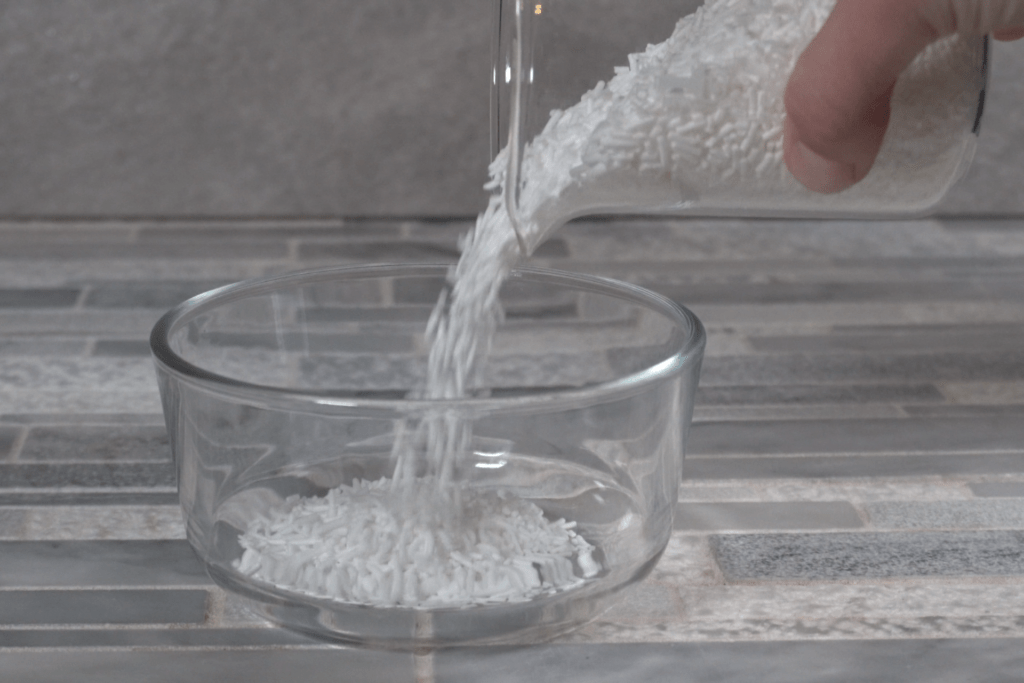
SCS plays a vital role in binding oil and water-based ingredients, overcoming their natural repulsion. In simpler terms, SCS effectively cleanses by attracting and capturing oils, which are then rinsed away.
Cocamidopropyl Betaine (CAPB):
Cocamidopropyl Betaine (CAPB) is an amphoteric surfactant derived from the fatty acids found in coconut oil. Renowned for its thick lather, CAPB is hydrating, unlike some other drying surfactants. Its gentle nature renders it suitable for use in products designed for babies.
Coco Glucoside:
Coco Glucoside is a plant-based non-ionic surfactant crafted from coconut oil and sugar. This 100% pure organic and biodegradable surfactant is extremely gentle on both skin and hair.
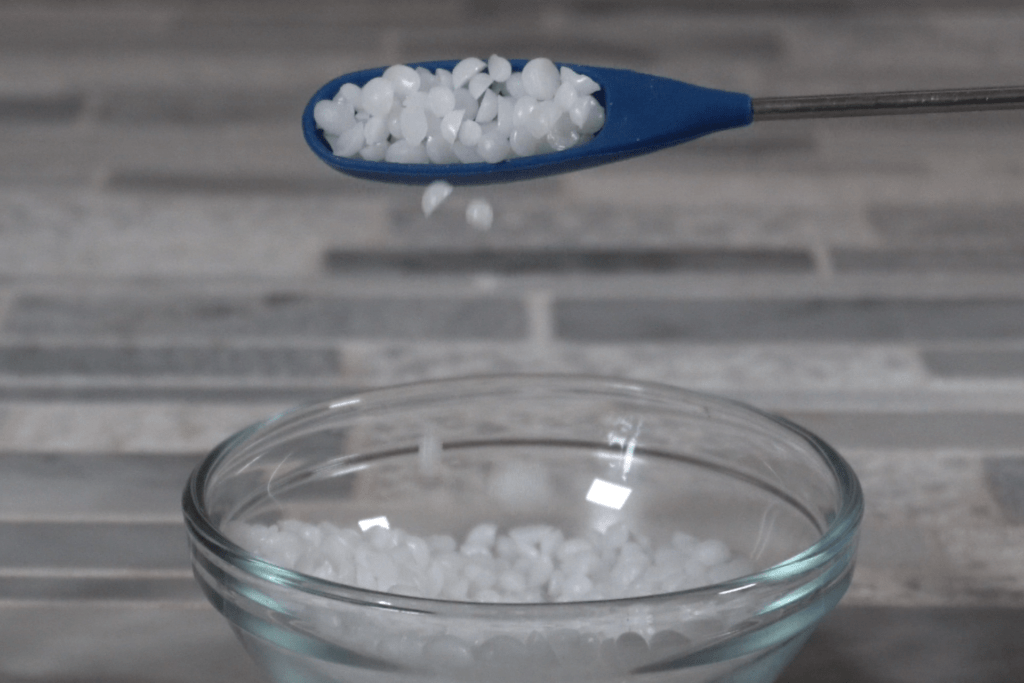
Thickeners
BTMS 50
BTMS 50 is a cationic ingredient that we include in our shampoo bar for its conditioning properties and to provide slip. When it comes into contact with water, this emulsifier creates a lotion-like consistency, forming a protective layer over the hair. This layer helps prevent tangles and enhances the conditioning effect of the shampoo bar. BTMS, derived from natural Rapeseed Oil, and Cetyl Alcohol, derived from Coconut and Palm oils, contribute to the effectiveness of the product.
Preservative
Since this shampoo bar will be frequently exposed to water and contains a small amount of water in the formula, it’s essential to incorporate a preservative to prevent microbial growth.
Germall Plus is the preservative I prefer to use in my formulations. It is versatile, suitable for various formulas, and functions effectively across a broad pH range, ensuring the stability and safety of the product over time.
Enhance the shampoo bar with vitamins, humectants and actives
Discovering the best ingredients for your hair type involves understanding the benefits of popular additives commonly found in shampoo bars:
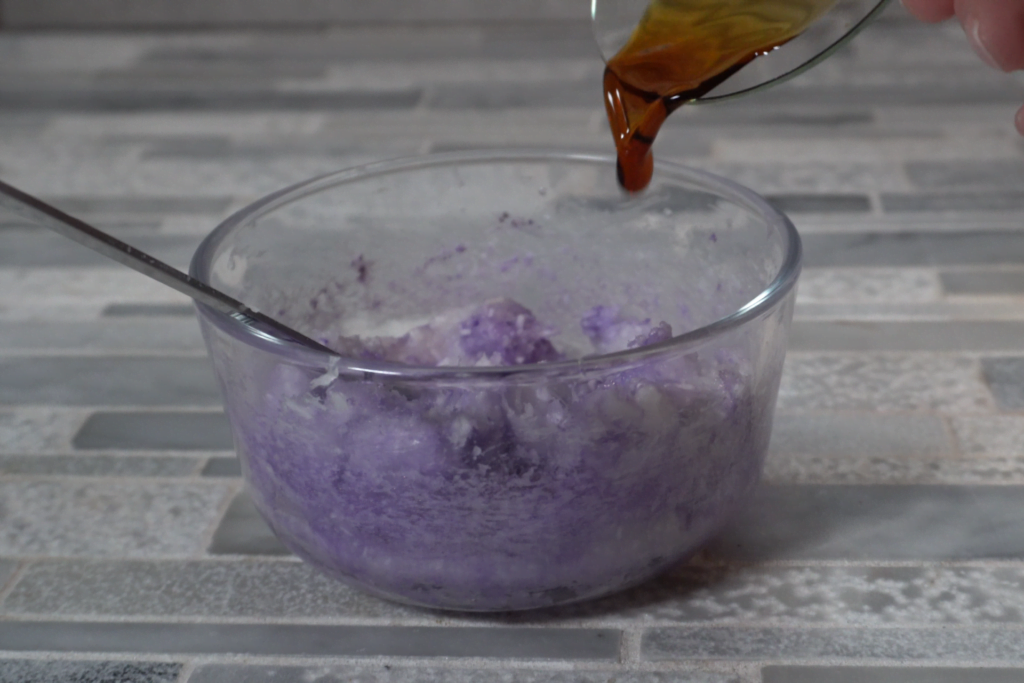
- Panthenol (pro-vitamin B5): This ingredient shields hair from breakage, boosts elasticity, enhances shine, and reduces static. It’s ideal for increasing volume, luster, and hydration while binding moisture to the hair, penetrating the cortex effectively.
- Hydrolyzed Wheat Protein: Known to add shine and strengthen hair, hydrolyzed wheat protein nourishes and softens the hair, contributing to a volumized appearance.
- Argan Oil: Included to lubricate hair, manage frizz, and boost shine, argan oil should be added sparingly to avoid compromising the lather of the bar due to its oily nature.
- Jojoba Oil: Moisturizing the scalp and resembling the skin’s natural sebum, jojoba oil also aids in soothing heat-damaged hair.
- Kaolin Clay: Often utilized as a thickening agent and to fortify the shampoo bar, kaolin clay assists in drawing impurities from the scalp.
- Keratin: Enhancing hair strength, reducing frizz, and increasing shine, keratin is a valuable ingredient. If unavailable, vegekeratin can serve as a suitable alternative.
- Vegetable glycerin, classified as a humectant, plays a crucial role in hair care by attracting moisture to the hair and retaining it, effectively hydrating and nourishing the strands.
By understanding the benefits of these ingredients, you can tailor your shampoo bar formulation to meet the specific needs of your hair type, whether it’s strengthening, moisturizing, or managing frizz and shine.
Choose the ingredients that are best for your hair type
Now that you have established the base for your shampoo bar, it’s time to consider your specific goals. With a plethora of options available, start by identifying the outcomes you wish to achieve, and then select the ingredients that align with those objectives.
For example, if your goal is to strengthen and moisturize your hair, consider incorporating ingredients such as Panthenol (pro-vitamin B5) and vegetable glycerin into your formulation.
Feel free to customize this process to create a shampoo bar that is perfectly tailored to address your unique hair needs and preferences.
How to add a scent to a syndet bar
The easiest way to customize a shampoo bar is to change out the fragrance oil that you are using. In this shampoo bar I am using Island Oasis Fragrance Oil, which has a scent of ocean, flowers, and exotic fruits that bring a refreshing burst of energy into any shower. Along with a captivating blend of citrus, fruity, and vanilla notes
You can easily swap this out for the fragrance or essential oil of you choosing.
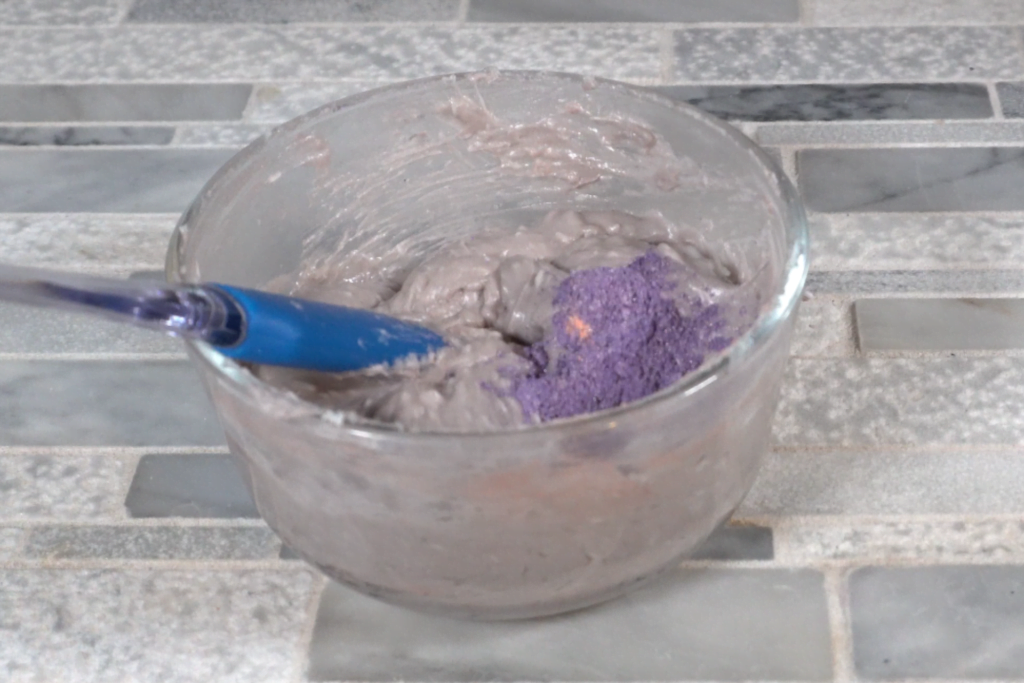
How to add color to a shampoo bar
Although it’s not necessary, you might want to consider coloring your shampoo bar for added customization.
One easy and impactful method to customize your shampoo bar is by using mica powder to change its color. During my recent formulation, I encountered some difficulty achieving the exact color I wanted. Ultimately, I ended up using three different micas to achieve the right shade.
Mica powders are an excellent and cost-effective option for coloring your bar. Simply add a small amount of mica powder into your shampoo bar paste and mix thoroughly. The beauty of using mica is that it won’t stain anything and won’t show up in your hair. Instead, it enhances the aesthetic appeal of the bars.
Alternatively, clays can also be used to color shampoo bars. Clays not only add color but also offer scalp detoxification and can increase the hardness of the bar. However, they come in fewer color variations compared to mica powders.
Make your shampoo bar
Start by weighing all of your surfactants into a heat-safe container. (Note: I prefer using SCS in noodle form, as it is less irritating during measurement. If using a powder form, make sure to wear a mask, especially because it can be irritating to your lungs. The powder is lighter than air and tends to puff up.)
Combine the BTMS 50 and the citric acid solution in the heat-safe container.
Place the container on a double boiler over low heat until the surfactants are completely melted. Keep in mind that melting may take longer with surfactants in noodle form compared to powder surfactants.
Once everything has melted, remove the mixture from the heat and wipe off any water from the bottom of the heat-safe container.
After ensuring the temperature is below 120°F, add the cool-down ingredients: vegetable glycerin, fragrance oil, keratin, hydrolyzed wheat protein, and preservative.
Mix until all ingredients are fully incorporated.
Begin molding your bar by pressing the mixture down and packing it into the silicone mold.
Allow it to dry, and then you’re ready to enjoy!
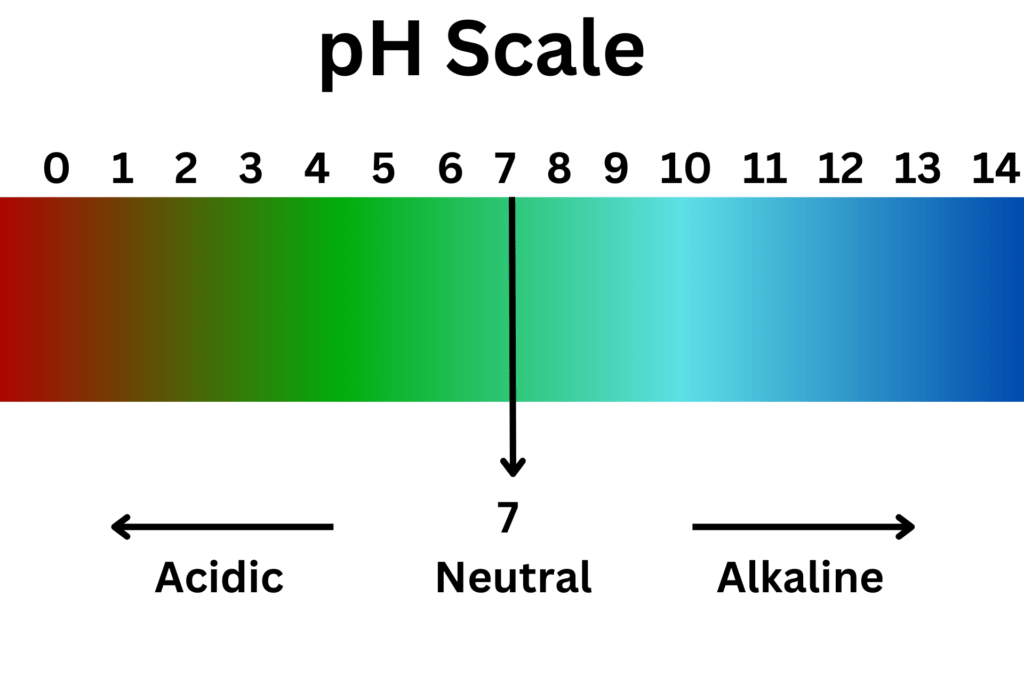
What is the pH and why does it matter?
The pH, or potential hydrogen, is a measure of the acidity or alkalinity of a substance. It indicates the concentration of hydrogen ions in a solution, ranging from 0 to 14, with 7 being neutral. A pH below 7 is acidic, while a pH above 7 is alkaline.
While pH may initially seem unimportant, it plays a crucial role in various processes, including hair care. When the pH of a shampoo bar is too high (more negatively charged, typically above 7), it can lead to issues such as frizzing and tangling in the hair.
For a shampoo bar, the optimal pH level falls within the range of 5.5 to 6. Maintaining this balance is essential for ensuring the health and appearance of the hair.
To achieve the desired pH balance, we incorporate citric acid into the formulation. Citric acid, derived from lemons, is commonly used to lower the pH in formulations. In addition to balancing pH, citric acid also provides the benefit of adding shine to the hair.
It’s important to note that many of the surfactants used in shampoo bars have a high pH, so it’s necessary to adjust the pH level downward. Depending on any changes made to the formula, such as using different surfactants or altering the usage rate, the amount of citric acid required may vary.
How to check the pH of a shampoo bar
To check the pH of your shampoo bar, you’ll need to take 1 gram of the paste. This can be done before adding any fragrance or preservative to the bar, as they do not affect the pH level.
Add 9 grams of distilled water to the 1 gram of shampoo bar. It’s crucial to use distilled water because tap water can vary in pH from 6.5 to 8.5, whereas distilled water has a pH of 7.
This will give you a total of 10 grams in the container. Mix the shampoo bar paste into the water and allow it to sit for 5 minutes to ensure it fully dissolves.
Place the pH reader into the water mixture and keep it submerged until it provides a reading.
This reading represents the pH of your shampoo bar. If it falls above the 5.5 – 6 range, you will need to lower it with citric acid.
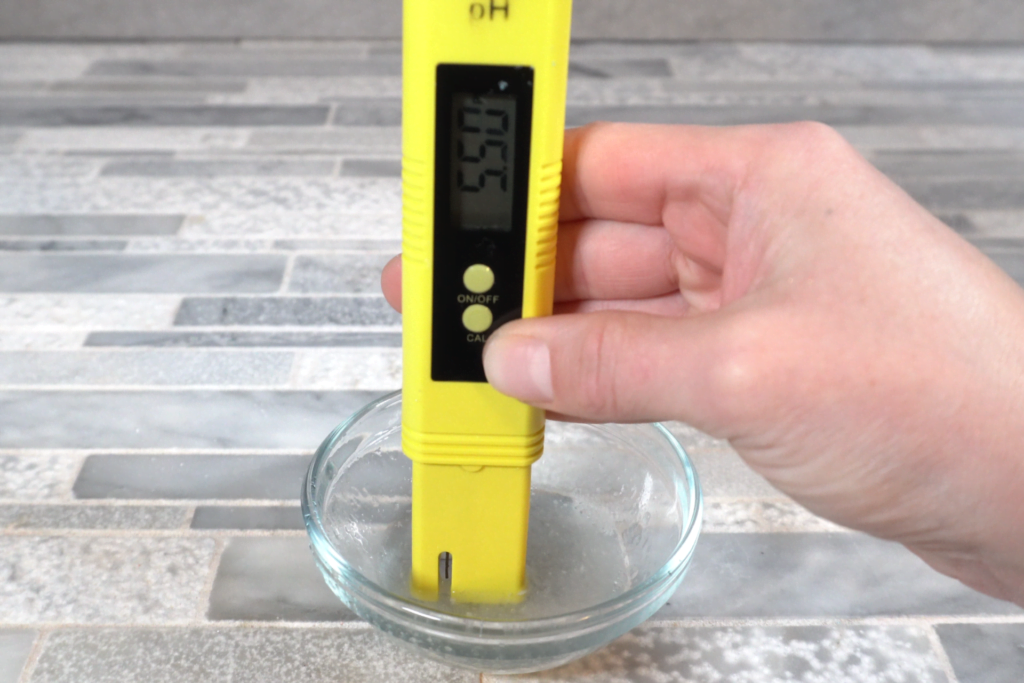
How to lower pH of the shampoo bar
To lower the pH of your shampoo bar, begin by creating a 50% citric acid mixture, which means a mixture that is half water and half citric acid.
Add this mixture into your shampoo bar gradually, allowing it to incorporate fully each time before adding more. After each addition, wait at least 5 minutes before testing the shampoo bar again to allow the citric acid to effectively lower the pH.
If you’ve already formulated your bar, simply add the citric acid mixture along with the heat phase ingredients. However, if this is your first time making the bar or you’re making significant changes to the formula, always check the pH to ensure it falls within the desired range.
How to use a shampoo (syndet) bar
Wet your hair: Before applying the shampoo bar, wet your hair thoroughly with warm water.
Create a lather: Rub the wet shampoo bar between your hands until you have a lather. Then, apply the lather directly to your scalp and hair, working it through gently with your fingertips.
Massage your scalp: Once you’ve applied the lather, massage your scalp with your fingertips for a few minutes to stimulate blood circulation and ensure thorough cleansing.
Rinse thoroughly: After massaging, rinse your hair thoroughly with warm water, making sure to remove all shampoo residue.
Repeat if necessary: Depending on your hair type and how much product buildup you have, you may need to repeat the shampooing process.
Follow with conditioner (if desired): After shampooing, you can follow up with a conditioner if your hair needs extra moisture. Apply the conditioner as you normally would, focusing on the lengths and ends of your hair, then rinse thoroughly.
Store the shampoo bar properly: After use, make sure to store your shampoo bar in a dry place away from water to prolong its lifespan. A well-drained soap dish or a container with drainage holes works well for this purpose.
Syndet Shampoo Bar Recipe
Equipment
- Scale
Ingredients
Heat Phase Ingredients
- 4.17 ounce | 69.5% Sodium Coco Sulfate (SCS)
- 0.60 ounce | 10.5% Cocamidopropyl Betaine (CAPB)
- 0.30 ounce | 5% Coco Glucoside
- 0.36 ounce | 6% BTMS 50
- 0.06 ounce | 1 % Citric Acid solution
Cool Down Ingredients
- 0.21 ounce | 3.5% Vegetable Glycerin
- 0.12 ounce | 2% Island Oasis Fragrance Oil
- 0.06 ounce | 1% Keratin
- 0.06 ounce | 1% Hydrolyzed Wheat Protein
- 0..03 ounce | 0.5% Germall Plus
Instructions
- Start by weighing all of your surfactants into a heat-safe container. (Note: I prefer using SCS in noodle form, as it is less irritating during measurement. If using a powder form, make sure to wear a mask, especially because it can be irritating to your lungs. The powder is lighter than air and tends to puff up.)
- Combine the BTMS 50 and the citric acid solution in the heat-safe container.
- Place the container on a double boiler over low heat until the surfactants are completely melted. Keep in mind that melting may take longer with surfactants in noodle form compared to powder surfactants.
- Once everything has melted, remove the mixture from the heat and wipe off any water from the bottom of the heat-safe container.
- After ensuring the temperature is below 120°F, add the cool-down ingredients: vegetable glycerin, fragrance oil, keratin, hydrolyzed wheat protein, and preservative.
- Mix until all ingredients are fully incorporated.
- Begin molding your bar by pressing the mixture down and packing it into the silicone mold.
- Allow it to dry, and then you're ready to enjoy!
Summer Rain Community
Don’t miss out on your journey to crafting exceptional skincare at home! You can subscribe to my blog for a treasure trove of DIY skincare recipes, insightful tips, and expert guidance.
Subscribe to our newsletter!
Subscribe to our newsletter!
Join the community of skincare enthusiasts! Follow us on social media to dive deeper into the world of homemade skincare. Discover exclusive content, behind-the-scenes insights, and connect with like-minded individuals passionate about nurturing their skin naturally.
Facebook: https://facebook.com/summerrain.website/
Pinterest: https://www.pinterest.com/summerrainblog/
Patreon: https://www.patreon.com/Summerraindiy
TikTok: https://www.tiktok.com/@summerraindiy
Let’s embark on this exciting skincare adventure together—subscribe, follow, and elevate your DIY skincare game!

